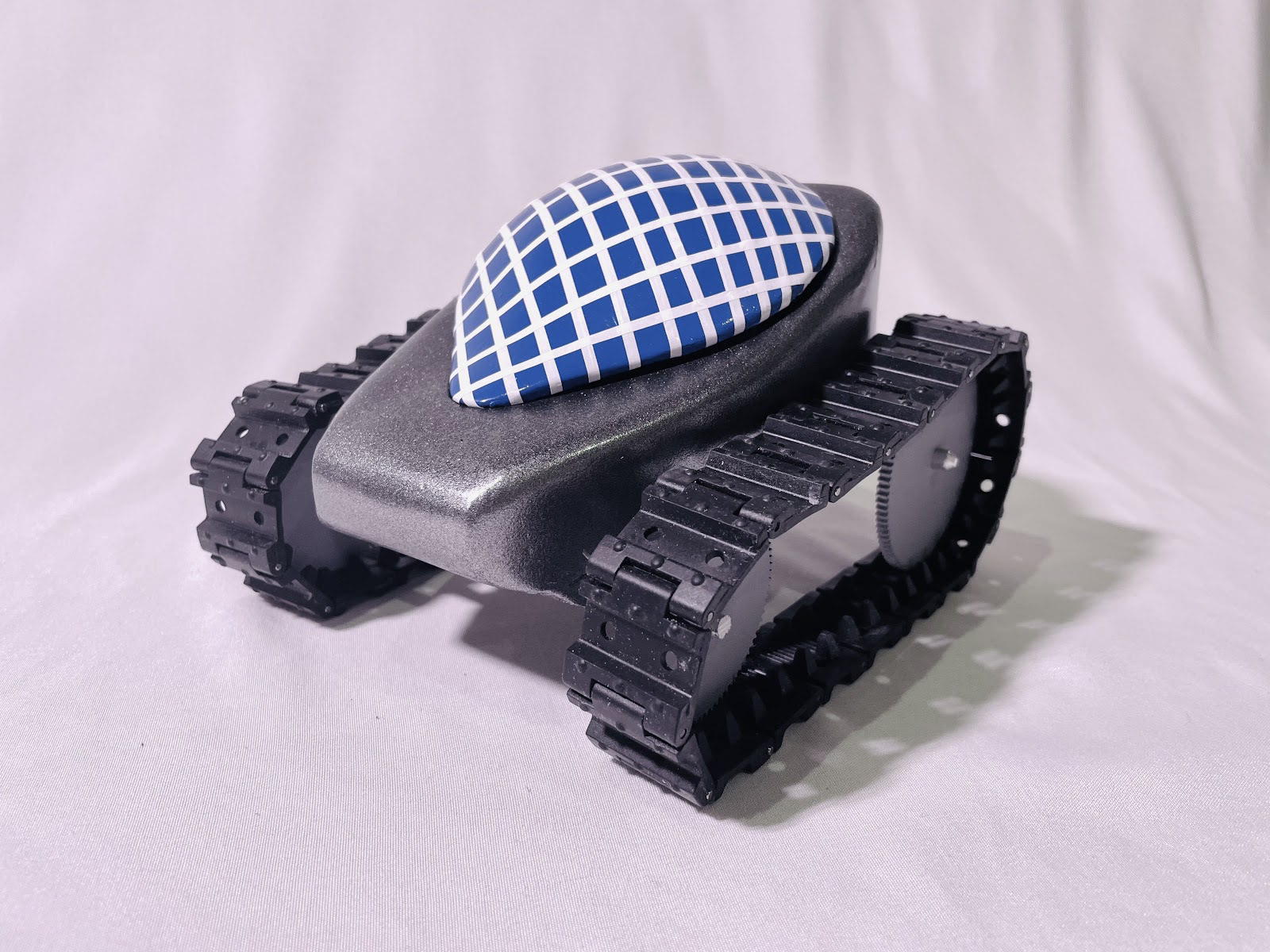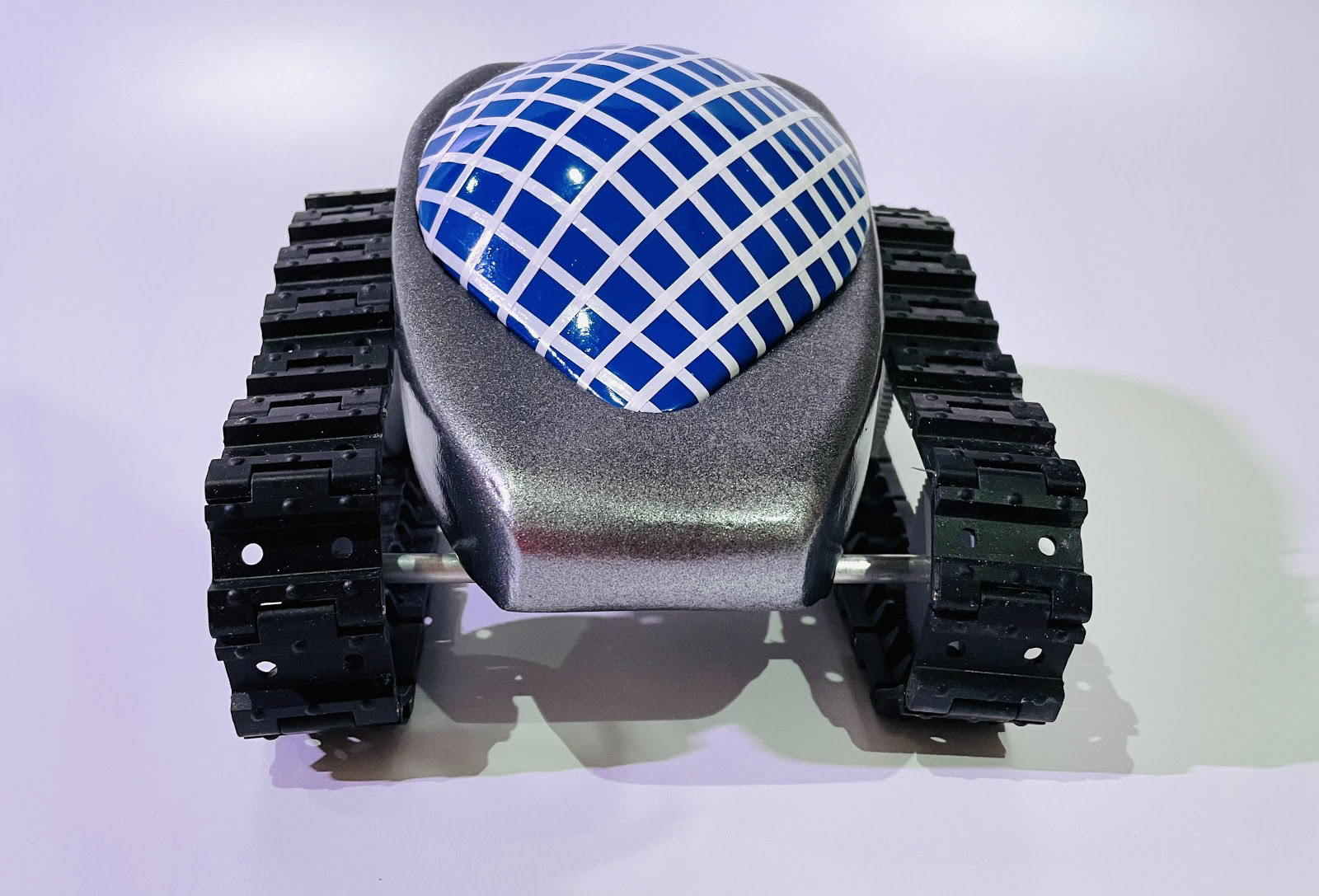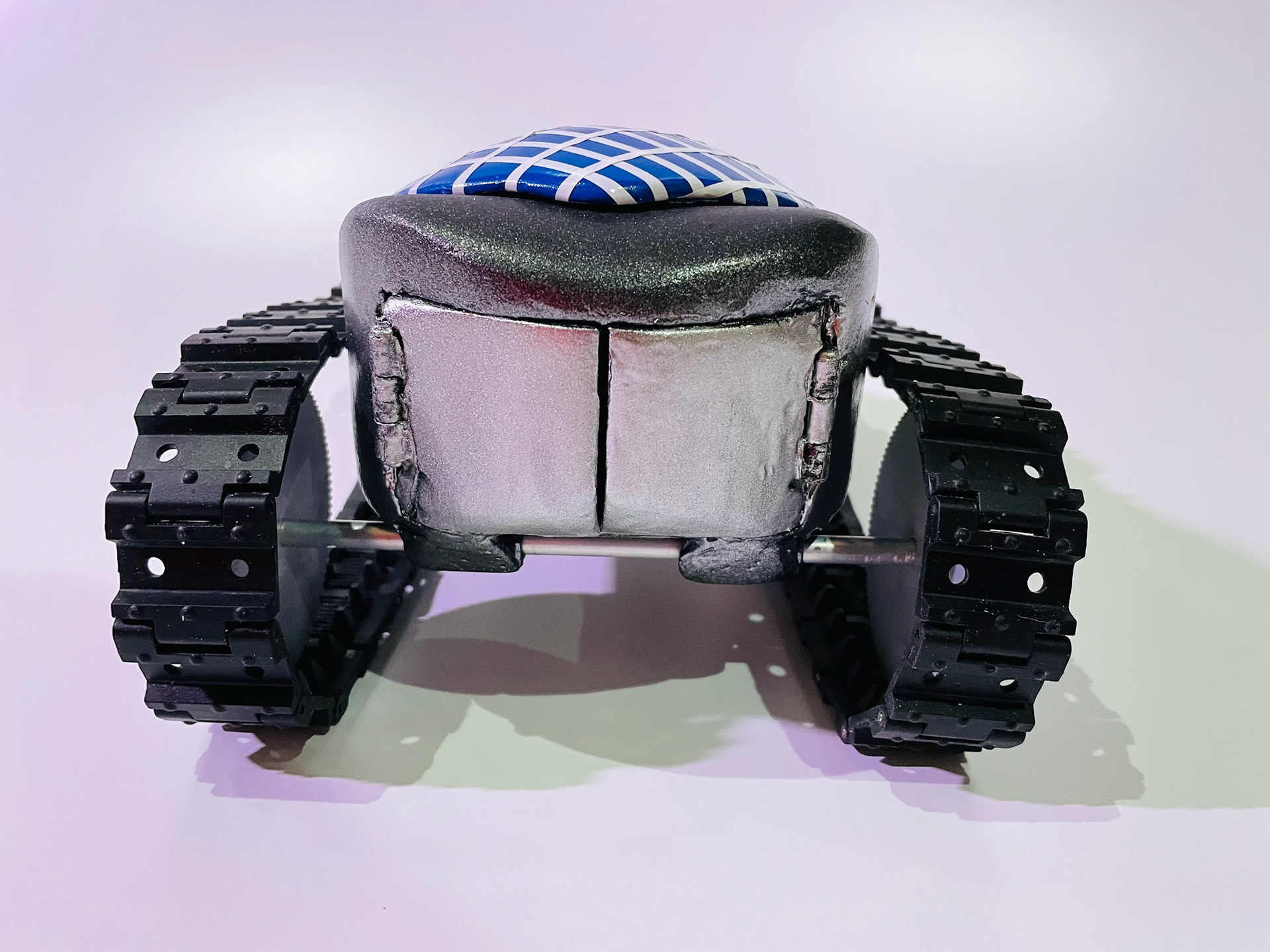Transportation Design: SOL
Goal
Identify and solve an issue within the package transportation system.
Problem
Rural areas, specifically native tribes in Alaska and the continental US, are unable to receive packages by car, leading to no access to groceries, with expensive and slow shipping as the only option to receive necessities. Sol would travel from facilities and offices to small towns like King Cove.
Concept
Sol is a solar transport vehicle designed to reach inaccessible last-mile areas.
The Last Mile
During the shipping process the most difficult and expensive part is the last mile.
Ideation
Sketching different forms and ideas helped narrow what the product would be and how it would carry packages.
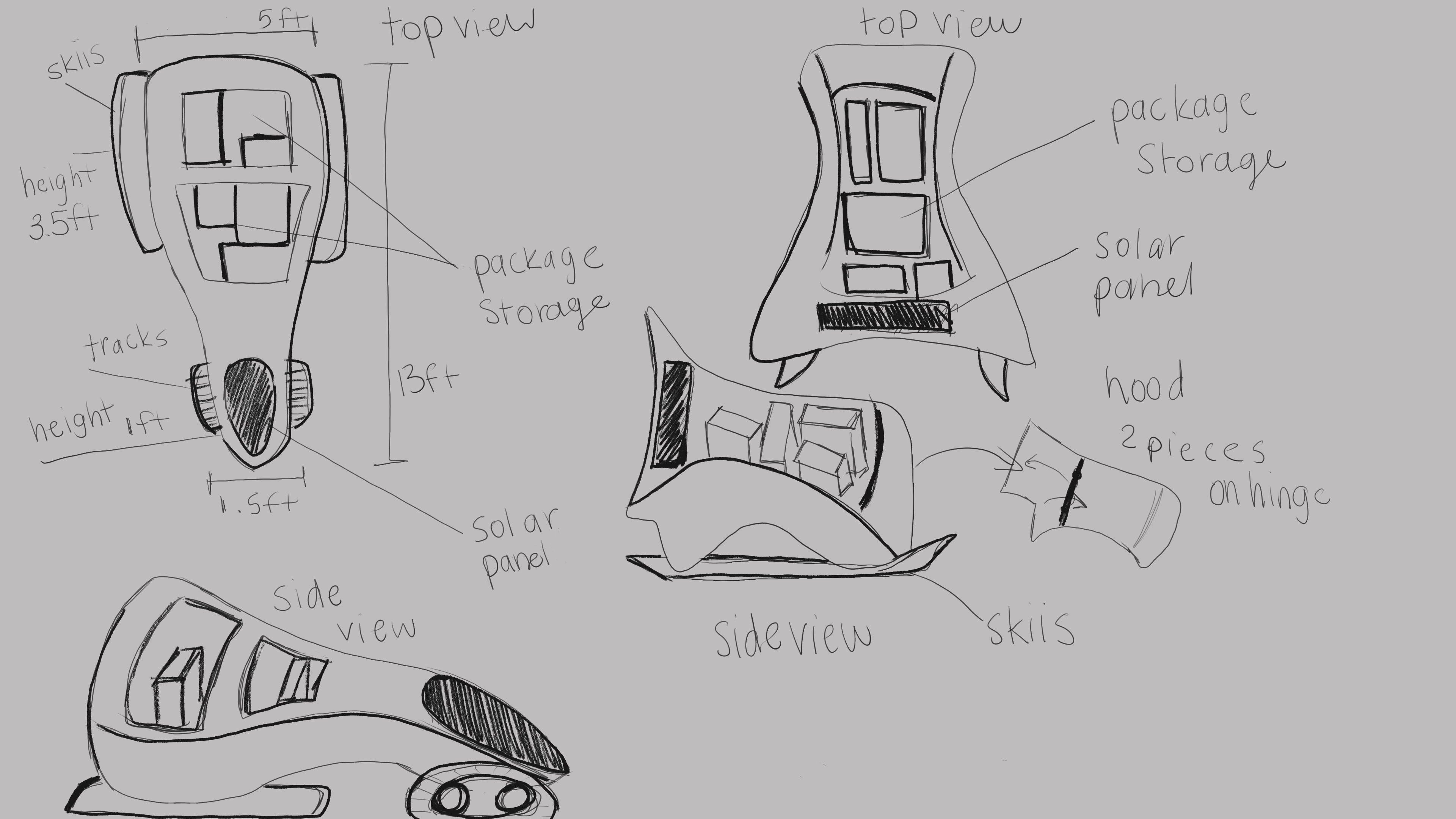
Creating a vehicle for Alaska’s rough terrain required strong wheels that would not falter from the snow, ice or rock roads. Solar panels on the hood of the vehicle so it would be able to charge as it completed rides.
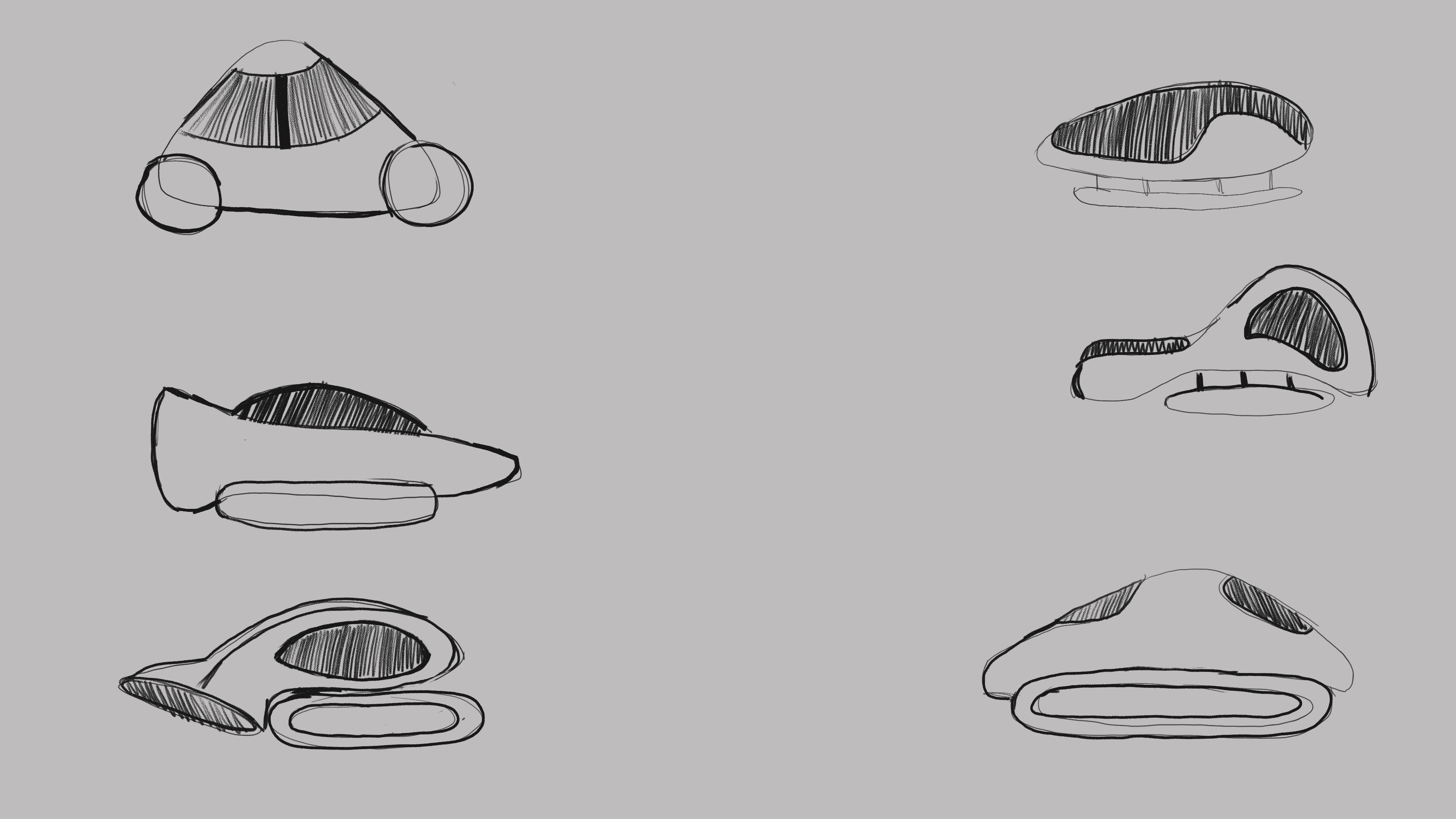
An exploration of vehicle bodies and how solar panels can be placed on curved forms.

Drone exploration to see how the box and wings can be configured into one model.
2D Floor Model
Tape was placed on the floor to create the length and width of the vehicle at full scale.

The purple tape is the shape of the body, an the blue tape is the tracks. The boxes is used to show where some cargo space would be and provide scale.
3D Exploration
Cardboard models were created as a quick way to create simple forms and explore how the packages would fit into the final vehicle.
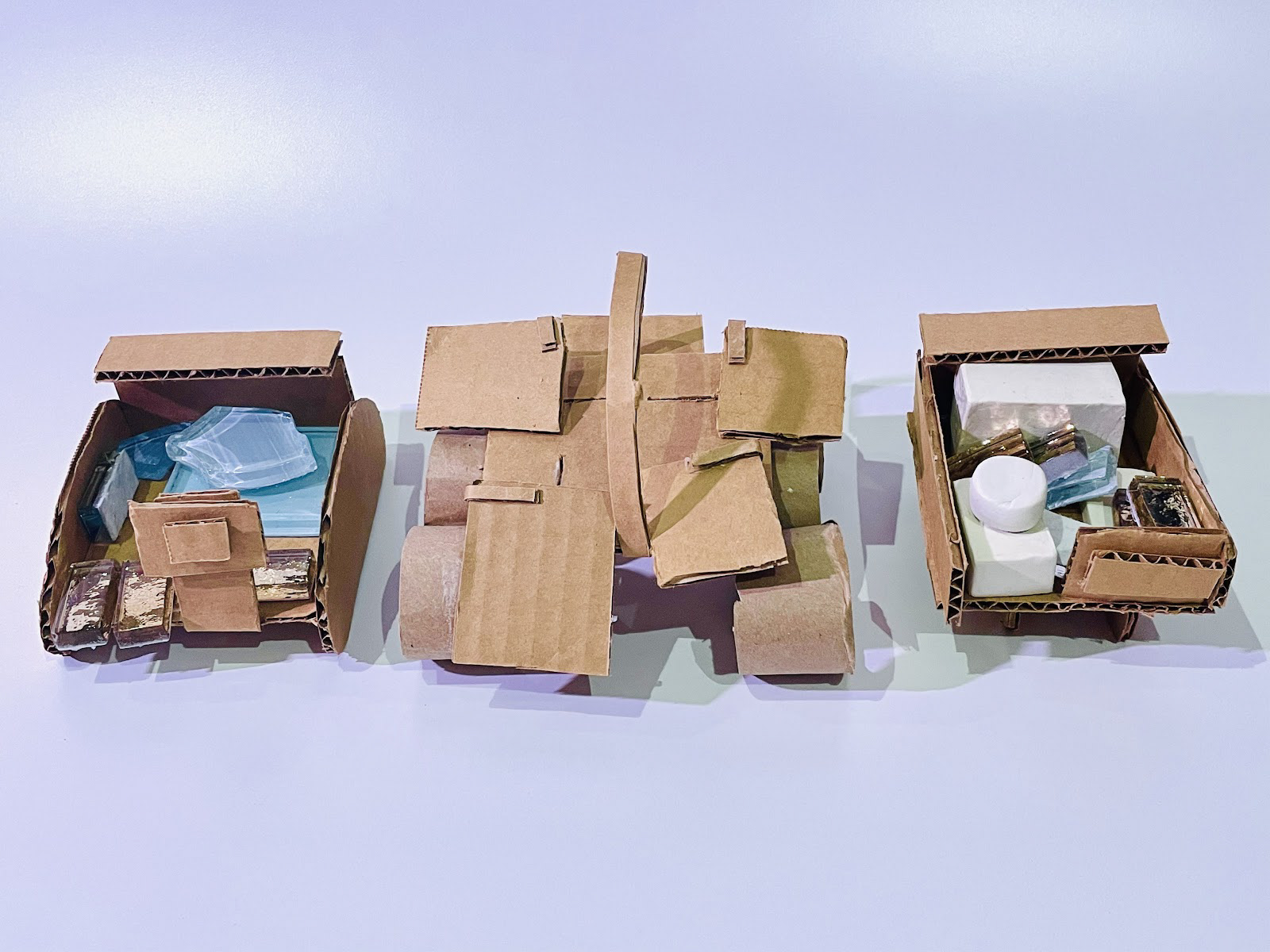
The stones and white clay represent boxes to show much space the vehicle would have. The middle model explored an expanding plate to carry an increased amount of boxes when needed.
Clay models were created to explore the body shape and whether tracks or wheels would be more appealing.
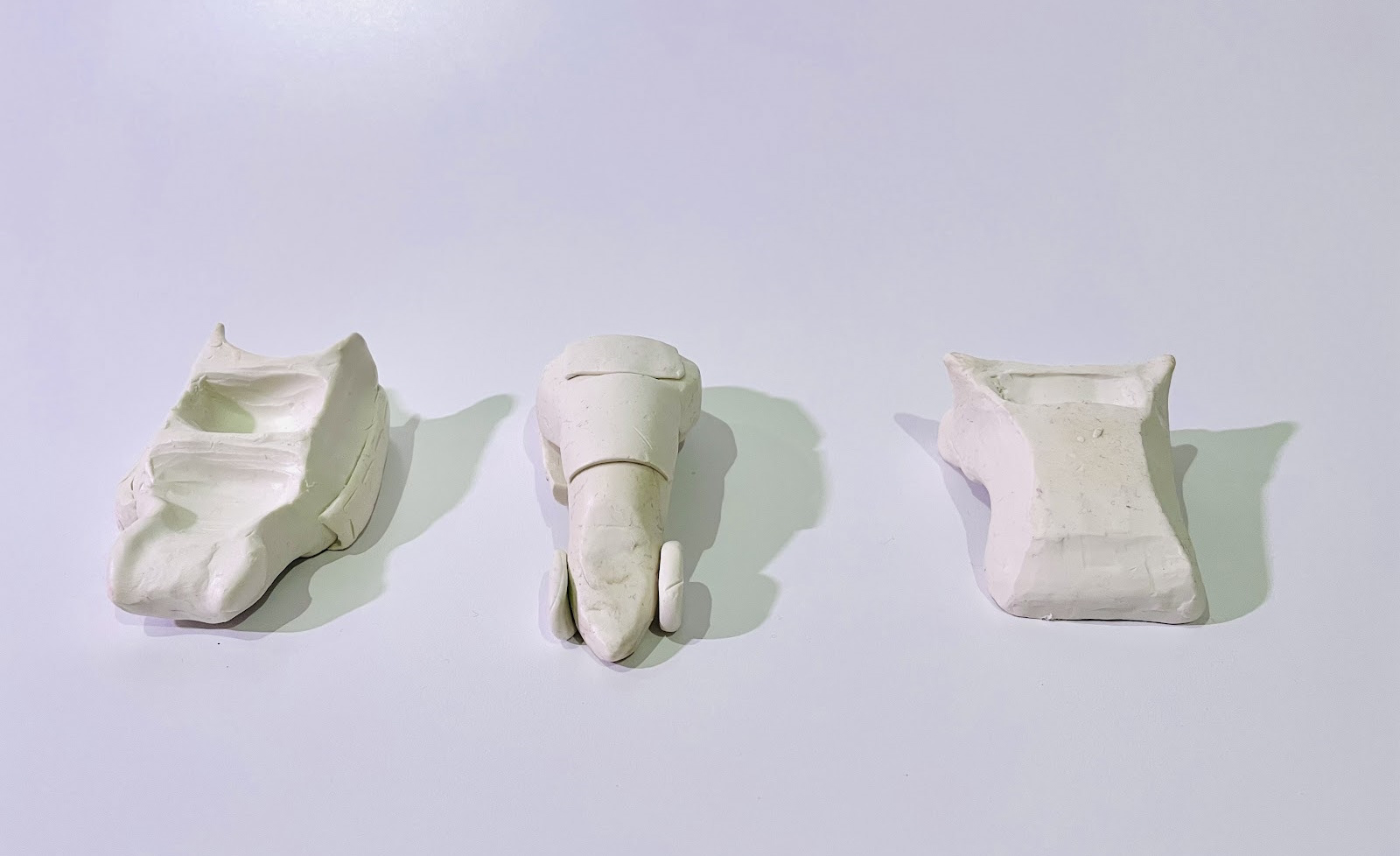
Creating clay models helped bring the ideation sketches to life, so it could be determined what body shape was best.
2D Render
This render includes some of the qualities of Sol.
Tech Drawings
Tech Drawings show the assembled vehicle at a scale of 1:40.
Renders
Doors and the Hood can be opened to load and unload the packages. The hood is made of solar cells so it is completely powered by solar energy.
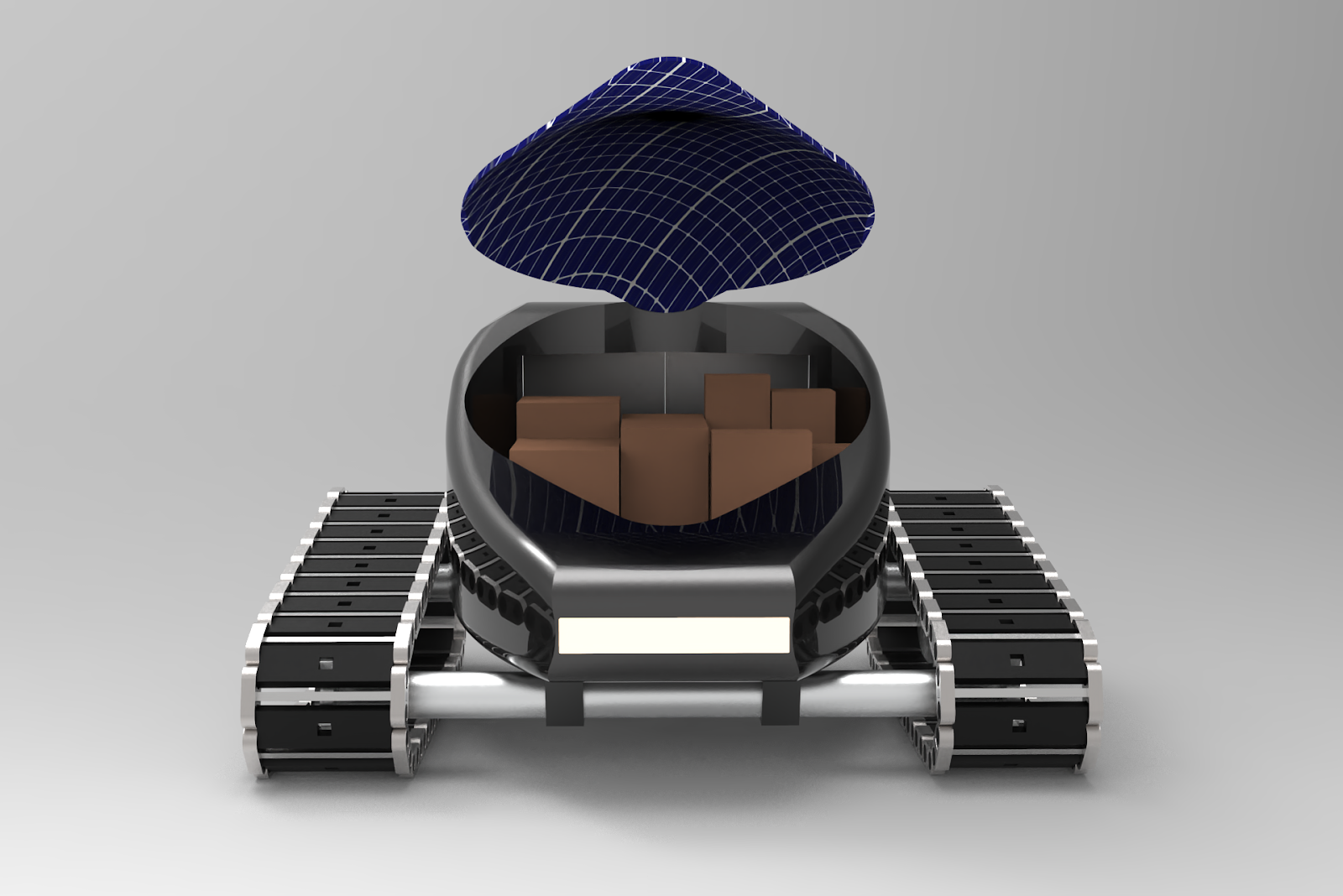
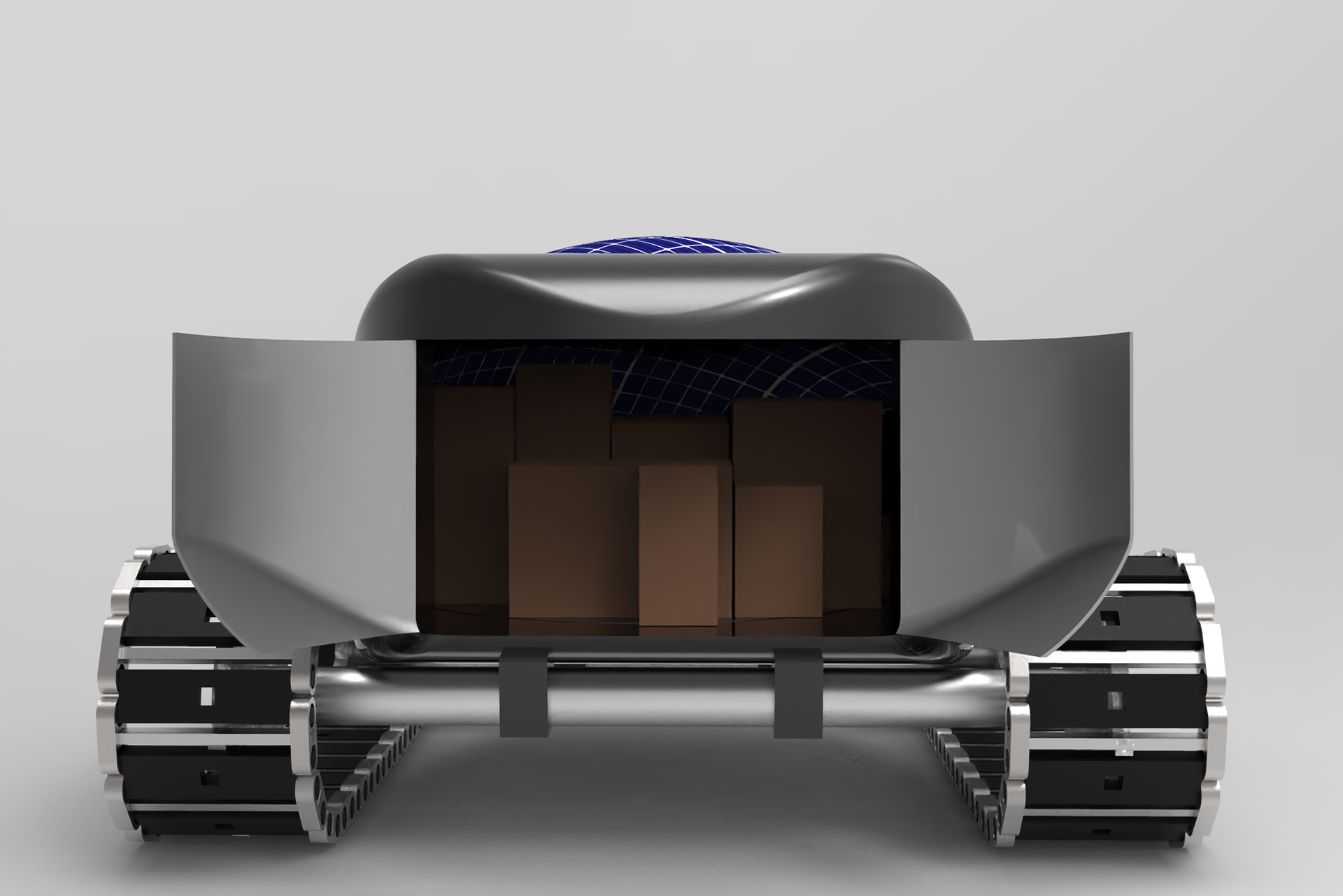
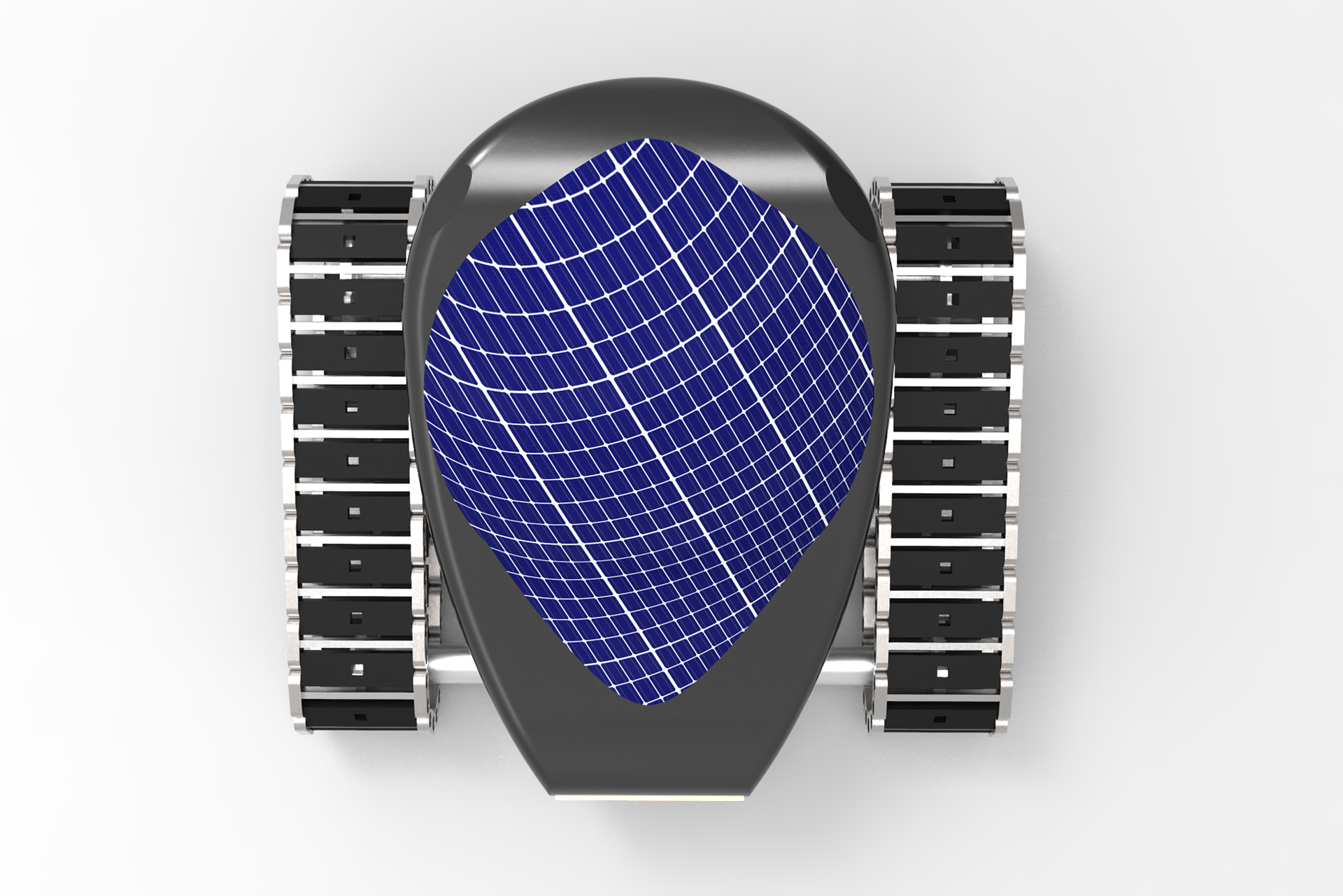

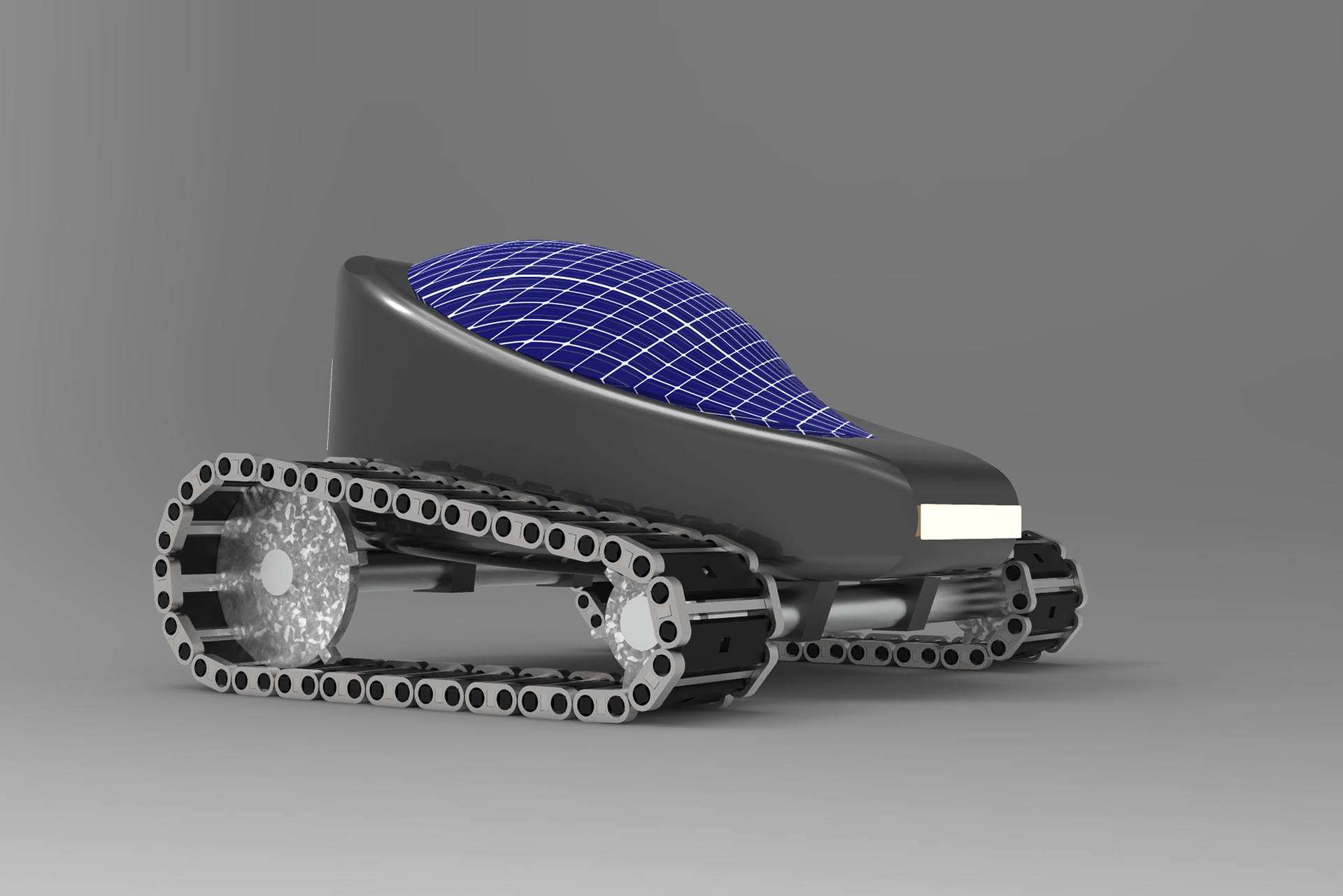
Video
A short explanation of Sol, and how it works.
Physical Prototype
The body, back doors, and solar panel cover were 3D printed and finished to create a scale prototype of Sol.
